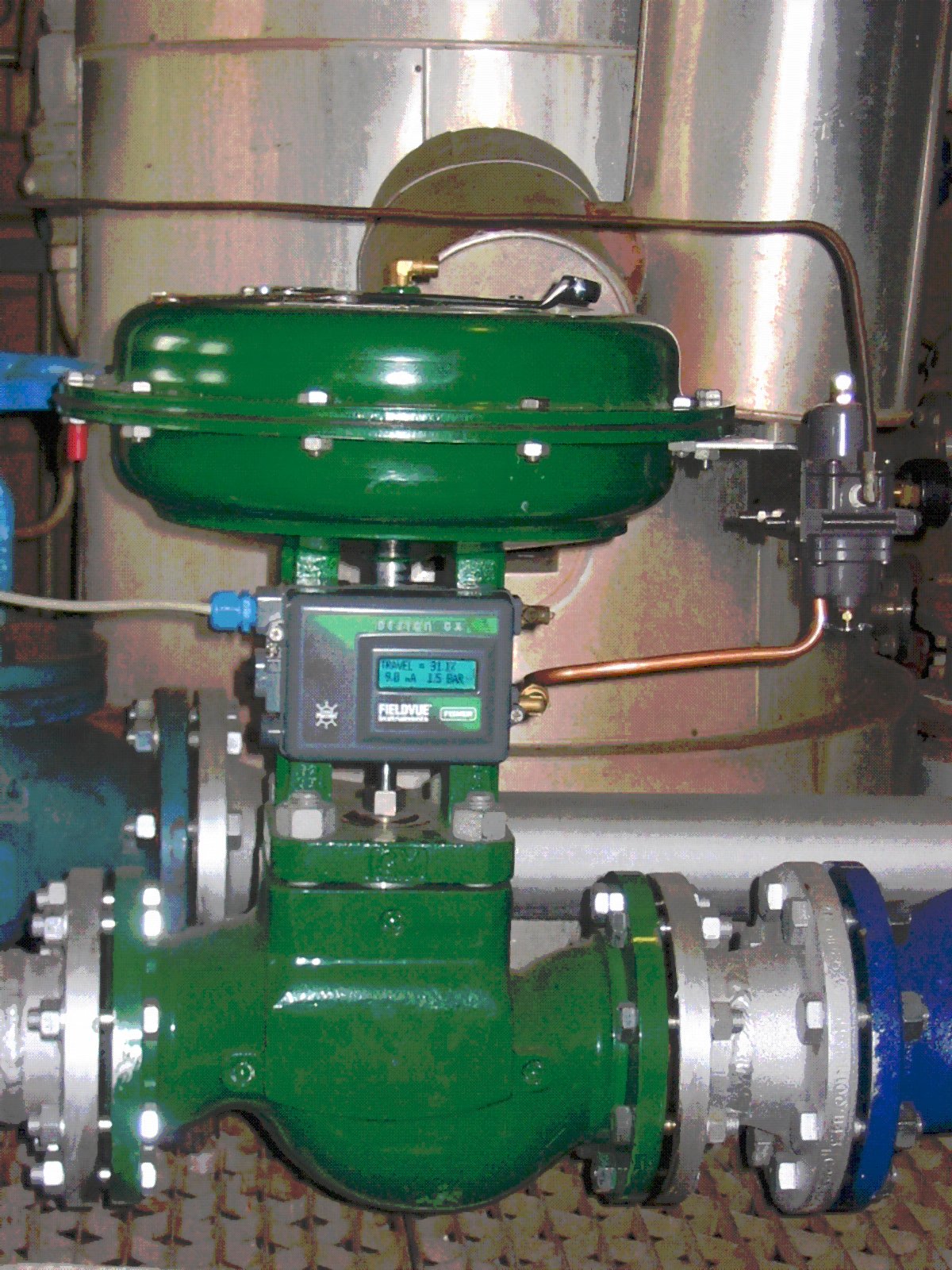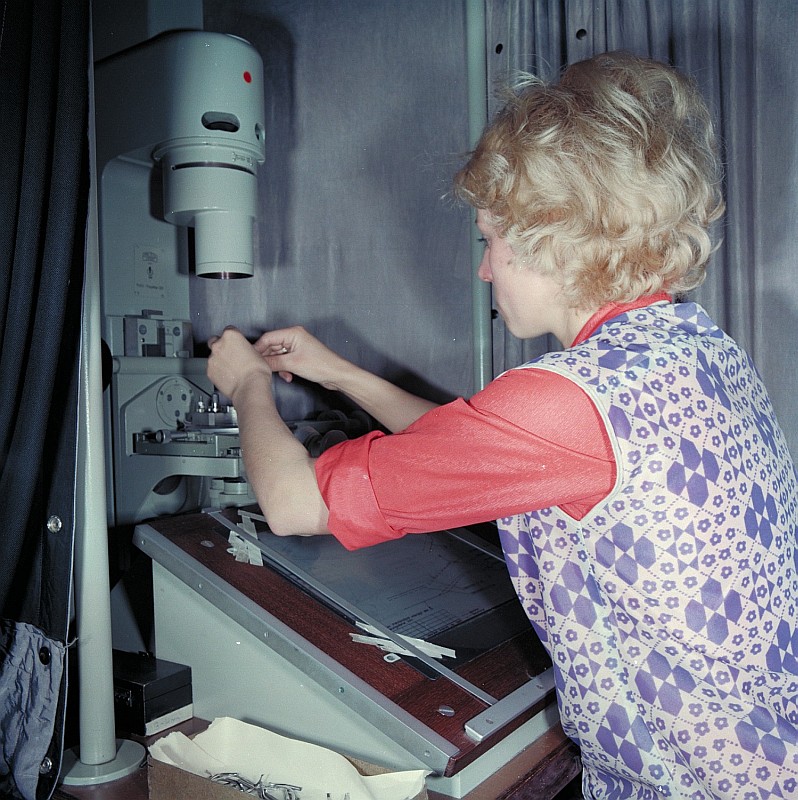|
Poka Yoke
is any mechanism in a process that helps an equipment operator to avoid mistakes and defects by preventing, correcting, or drawing attention to human errors as they occur. It is a Japanese term that means "mistake-proofing" or "error prevention", and is also sometimes referred to as a forcing function or a behavior-shaping constraint. The concept was formalized, and the term adopted, by Shigeo Shingo as part of the Toyota Production System. Etymology Poka-yoke was originally ', but as this means "fool-proofing" (or " idiot-proofing") the name was changed to the milder ''poka-yoke''. Poka-yoke is derived from ' (), a term in shogi that means avoiding an unthinkably bad move. Usage and examples More broadly, the term can refer to any behavior-shaping constraint designed into a process to prevent incorrect operation by the user. A simple poka-yoke example is demonstrated when a driver of the car equipped with a manual gearbox must press on the clutch pedal (a process step, th ... [...More Info...] [...Related Items...] OR: [Wikipedia] [Google] [Baidu] |
Human Error
Human error is an action that has been done but that was "not intended by the actor; not desired by a set of rules or an external observer; or that led the task or system outside its acceptable limits".Senders, J.W. and Moray, N.P. (1991) Human Error: Cause, Prediction, and Reduction'. Lawrence Erlbaum Associates, p.25. . Human error has been cited as a primary cause and contributing factor in disasters and accidents in industries as diverse as Nuclear and radiation accidents and incidents, nuclear power (e.g., the Three Mile Island accident), Pilot error, aviation, List of spaceflight-related accidents and incidents, space exploration (e.g., the Space Shuttle Challenger disaster and Space Shuttle Columbia disaster), and Medical error, medicine. Prevention of human error is generally seen as a major contributor to Data integrity, reliability and safety of (complex) systems. Human error is one of the many contributing causes of risk events. Definition Human error refers to somethi ... [...More Info...] [...Related Items...] OR: [Wikipedia] [Google] [Baidu] |
Product Defect
A product defect is any characteristic of a product which hinders its usability for the purpose for which it was designed and manufactured. Product defects arise most prominently in legal contexts regarding product safety, where the term is applied to "anything that renders the product not reasonably safe". The field of law that addresses injuries caused by defective products is called '' product liability''. A wide range of circumstances can render a product defective. The product may have a design defect or design flaw, resulting from the product having been poorly designed or tested, so that the design itself yields a product that can not perform its desired function. Even if the design is correct, the product may have a manufacturing defect if it was incorrectly manufactured, for example if the wrong materials are used. A product may also be considered legally defective if it lacks appropriate instructions for its use, or appropriate warnings of dangers accompanying norm ... [...More Info...] [...Related Items...] OR: [Wikipedia] [Google] [Baidu] |
Japanese Business Terms
Japanese may refer to: * Something from or related to Japan, an island country in East Asia * Japanese language, spoken mainly in Japan * Japanese people, the ethnic group that identifies with Japan through ancestry or culture ** Japanese diaspora, Japanese emigrants and their descendants around the world * Japanese citizens, nationals of Japan under Japanese nationality law ** Foreign-born Japanese, naturalized citizens of Japan * Japanese writing system, consisting of kanji and kana * Japanese cuisine, the food and food culture of Japan See also * List of Japanese people * * Japonica (other) * Japanese studies , sometimes known as Japanology in Europe, is a sub-field of area studies or East Asian studies involved in social sciences and humanities research on Japan. It incorporates fields such as the study of Japanese language, history, culture, litera ... {{disambiguation Language and nationality disambiguation pages ... [...More Info...] [...Related Items...] OR: [Wikipedia] [Google] [Baidu] |
Portland, Oregon
Portland ( ) is the List of cities in Oregon, most populous city in the U.S. state of Oregon, located in the Pacific Northwest region. Situated close to northwest Oregon at the confluence of the Willamette River, Willamette and Columbia River, Columbia rivers, it is the county seat of Multnomah County, Oregon, Multnomah County, Oregon's most populous county. Portland's population was 652,503, making it the List of United States cities by population, 28th most populous city in the United States, the sixth most populous on the West Coast of the United States, West Coast, and the third most populous in the Pacific Northwest after Seattle and Vancouver. Approximately 2.5 million people live in the Portland metropolitan area, Oregon, Portland metropolitan area, making it the List of metropolitan statistical areas, 26th most populous in the United States. Almost half of Oregon's population resides within the Portland metro area. Named after Portland, Maine, which is itself named aft ... [...More Info...] [...Related Items...] OR: [Wikipedia] [Google] [Baidu] |
Pointing And Calling
Pointing and calling is a method in occupational safety for avoiding mistakes by pointing at important indicators and verbally calling out their status. It is especially common on Rail transport in Japan, Japanese railways, where it is referred to as ''shisa kanko'' (), ''shisa kakunin kanko'' () or ''yubisashi koshō'' (); in Rail transport in China, Mainland Chinese and Rail transport in Taiwan, Taiwanese railways, where it is called zh, t=指差確認, s=指差呼唤, hp=zhǐchā hūhuàn, labels=no, out=c; and in Rail transport in Indonesia, Indonesian railways, where it is known as ''tunjuk-sebut''. Gesturing at and verbalizing these indicators helps with focus. The method was first used by train drivers and is now commonly used in Japanese industry. It is recommended by the (JISHA, ), and a part of railway management regulations in China. It is not common outside of Asia, though it is used in the New York City Subway system, Toronto's Toronto subway, TTC subway and GO Tran ... [...More Info...] [...Related Items...] OR: [Wikipedia] [Google] [Baidu] |
Murphy's Law
Murphy's law is an adage or epigram that is typically stated as: "Anything that can go wrong will go wrong." Though similar statements and concepts have been made over the course of history, the law itself was coined by, and named after, American aerospace engineer Edward A. Murphy Jr.; its exact origins are debated, but it is generally agreed it originated from Murphy and his team following a mishap during rocket sled tests some time between 1948 and 1949, and was finalized and first popularized by testing project head John Stapp during a later press conference. Murphy's original quote was the precautionary design advice that "If there are two or more ways to do something and one of those results in a catastrophe, then someone will do it that way." The law entered wider public knowledge in the late 1970s with the publication of Arthur Bloch's 1977 book ''Murphy's Law, and Other Reasons Why Things Go WRONG'', which included other variations and Corollary, corollaries of the law. ... [...More Info...] [...Related Items...] OR: [Wikipedia] [Google] [Baidu] |
Interlock (engineering)
An interlock is a feature that makes the state of two mechanisms or functions mutually dependent. It may consist of any electrical or mechanical devices, or systems. In most applications, an interlock is used to help prevent any damage to the machine or to the operator handling the machine. For example, elevators are equipped with an interlock that prevents the moving elevator from opening its doors and prevents the stationary elevator (with open doors) from moving. Interlocks may include sophisticated elements such as curtains of Infrared beam, infrared beams, photodetectors, simple Switch, switches, and lock and key, locks. It can also be a computer containing an interlocking computer program with digital electronics, digital or analogue electronics, analogue electronics. Trapped-key interlocking Trapped-key interlocking is a method of ensuring safety in industrial environments by forcing the operator through a predetermined sequence using a defined selection of keys, locks and ... [...More Info...] [...Related Items...] OR: [Wikipedia] [Google] [Baidu] |
Idiot-proof
An idiot-proof or foolproof design is one that cannot be misused either inherently, or by use of defensive design principles. The implication is that the design is usable even by someone of low intelligence who would not use it properly. The term ''foolproof'' originates in 1902. The term ''idiot-proof'' became popular in the 1970s. It may have been invented as a stronger-sounding version of foolproof, as the force of foolproof had declined due to frequent usage. Perhaps for the same reason, "foolproof" is now a formal term, whereas "idiot-proof" remains informal. Several Murphy's law adages claim that idiot-proof systems cannot be made, for example "Nothing is foolproof to a sufficiently talented fool" and "If you make something idiot-proof, someone will just make a better idiot." Along those lines, Douglas Adams wrote in ''Mostly Harmless'', "a common mistake that people make when trying to design something completely foolproof is to underestimate the ingenuity of complete fo ... [...More Info...] [...Related Items...] OR: [Wikipedia] [Google] [Baidu] |
Fail-safe
In engineering, a fail-safe is a design feature or practice that, in the event of a failure causes, failure of the design feature, inherently responds in a way that will cause minimal or no harm to other equipment, to the environment or to people. Unlike inherent safety to a particular hazard, a system being "fail-safe" does not mean that failure is naturally inconsequential, but rather that the system's design prevents or mitigates unsafe consequences of the system's failure. If and when a "fail-safe" system fails, it remains at least as safe as it was before the failure. Since many types of failure are possible, failure mode and effects analysis is used to examine failure situations and recommend safety design and procedures. Some systems can never be made fail-safe, as continuous availability is needed. Redundancy (engineering), Redundancy, fault tolerance, or contingency plans are used for these situations (e.g. multiple independently controlled and fuel-fed engines). Examples ... [...More Info...] [...Related Items...] OR: [Wikipedia] [Google] [Baidu] |
Defensive Design
Defensive design is the practice of planning for Contingency plan, contingencies in the design stage of a project or undertaking. Essentially, it is the practice of anticipating all possible ways that an end-user could misuse a device, and designing the device so as to make such misuse impossible, or to minimize the negative consequences. For example, if it is important that a plug is inserted into a socket in a particular orientation, the socket and plug should be designed so that it is physically impossible to insert the plug incorrectly. Power sockets are often keyed in such a manner, to prevent the transposition of live and neutral. They are also recessed in the wall in a way that makes it impossible to touch connectors once they become live. Defensive design in software engineering is called defensive programming. Murphy's law is a well-known statement of the need for defensive design, and also of its ultimate limitations. Applications Computer software Implementation d ... [...More Info...] [...Related Items...] OR: [Wikipedia] [Google] [Baidu] |
Quality Control
Quality control (QC) is a process by which entities review the quality of all factors involved in production. ISO 9000 defines quality control as "a part of quality management focused on fulfilling quality requirements". This approach places emphasis on three aspects (enshrined in standards such as ISO 9001): # Elements such as controls, job management, defined and well managed processes, performance and integrity criteria, and identification of records # Competence, such as knowledge, skills, experience, and qualifications # Soft elements, such as personnel, integrity, confidence, organizational culture, motivation, team spirit, and quality relationships. Inspection is a major component of quality control, where physical product is examined visually (or the end results of a service are analyzed). Product inspectors will be provided with lists and descriptions of unacceptable product defects such as cracks or surface blemishes for example. History and introductio ... [...More Info...] [...Related Items...] OR: [Wikipedia] [Google] [Baidu] |
Manufacturing
Manufacturing is the creation or production of goods with the help of equipment, labor, machines, tools, and chemical or biological processing or formulation. It is the essence of the secondary sector of the economy. The term may refer to a range of human activity, from handicraft to high-tech, but it is most commonly applied to industrial design, in which raw materials from the primary sector are transformed into finished goods on a large scale. Such goods may be sold to other manufacturers for the production of other more complex products (such as aircraft, household appliances, furniture, sports equipment or automobiles), or distributed via the tertiary industry to end users and consumers (usually through wholesalers, who in turn sell to retailers, who then sell them to individual customers). Manufacturing engineering is the field of engineering that designs and optimizes the manufacturing process, or the steps through which raw materials are transformed i ... [...More Info...] [...Related Items...] OR: [Wikipedia] [Google] [Baidu] |








